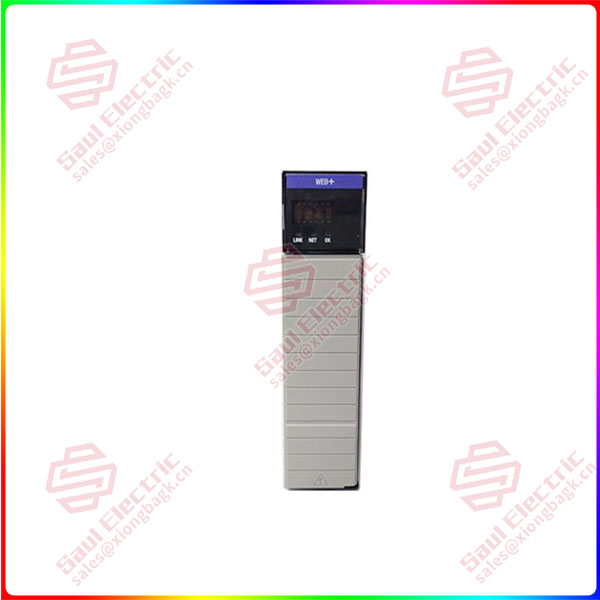In 2022, the global market for key components of industrial robots reached $12.1 billion, an increase of 14.7% over the same period last year, mainly due to the expansion of the production scale of collaborative robots and SCARA robots. However, as the industrial robot market becomes mature and stable, the growth rate of the related parts market may gradually slow down. Overall, the global industrial robot parts market is expected to grow at a CAGR of 8.8% from 2022 to 2027.
The market size statistics include key components for industrial robots and cobots, including: servo motors, servo drives, precision retarders, encoders and sensors, end fixtures, machine vision hardware, and robot controllers and teaching devices.
Production of collaborative robots and SCARA robots
Drive the growth of the parts market
Collaborative robots and SCARA robots saw the highest production growth

1756-EWEB
The ease of use characteristics of collaborative robots are widely welcomed by the market, in addition, the scene of man-machine collaboration in industrial production is becoming more and more common, so the demand for collaborative robots in the industrial field has increased rapidly in the past two years, and it is expected that collaborative robots will continue to lead the growth of the industrial robot market in the next five years forecast period. Among them, high-load collaborative robots are expected to have a higher output growth rate and compete with traditional multi-joint industrial robots.
Among the top five robot types, SCARA robot production is expected to grow at the second highest rate. Although the semiconductor and consumer electronics industries have continued to slump since 2021, affecting the market demand for SCARA robots, demand from new energy industries such as lithium battery manufacturing and photovoltaic has substantially compensated for the negative impact of the semiconductor and 3C industries. Similar to cobots, SCARA robots are also moving toward larger loads to meet the battery manufacturing industry’s quest for greater efficiency.
Against this backdrop, component sales for collaborative robots and SCARA robots are expected to grow the fastest, with CAGRs of 25.1% and 9.0%, respectively, over the next five years. In contrast, among the five robot types, Delta robot parts market size is expected to grow the slowest, we expect its 2022 to 2027 compound growth rate of 6.9%.
Among the various components, the force/torque sensors and harmonic retarders market will particularly benefit from the significant increase in demand for collaborative robots and SCARA robots. According to Interact Analysis, in 2022, 35% of sales of force/moment sensors came from the field of collaborative robots, and this proportion is expected to increase to 54% by 2027. Harmonic retarders are currently used in more than 95% of the joint of cobots and SCARA robots. However, as these two types of robots move toward larger loads, the penetration rate of RV reducers will gradually increase. For example, SCARA robots with loads greater than 20kg generally need to use an RV reducer to meet the requirements of rigidity and service life.
 1 Year Warranty
1 Year Warranty





